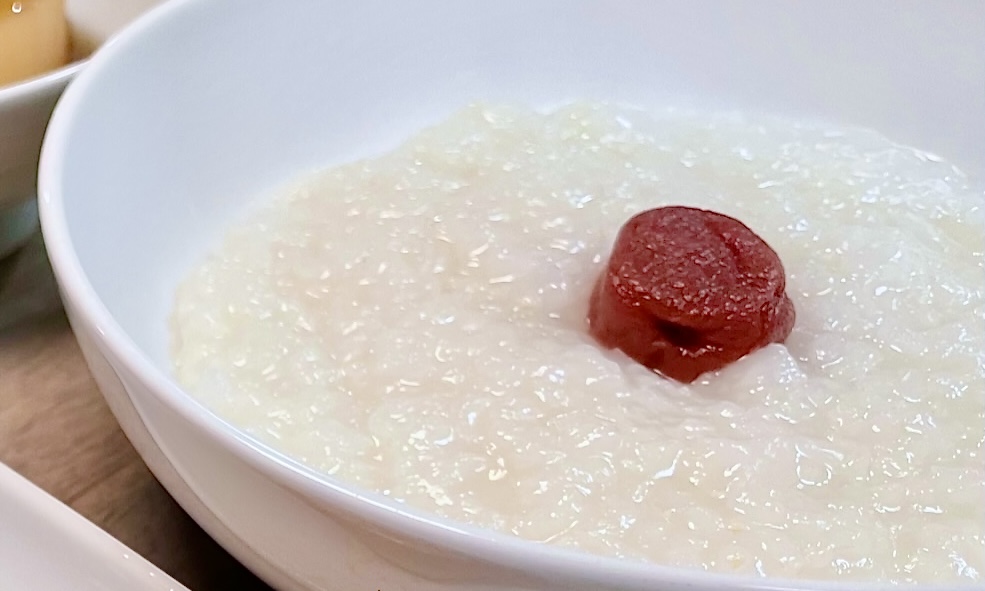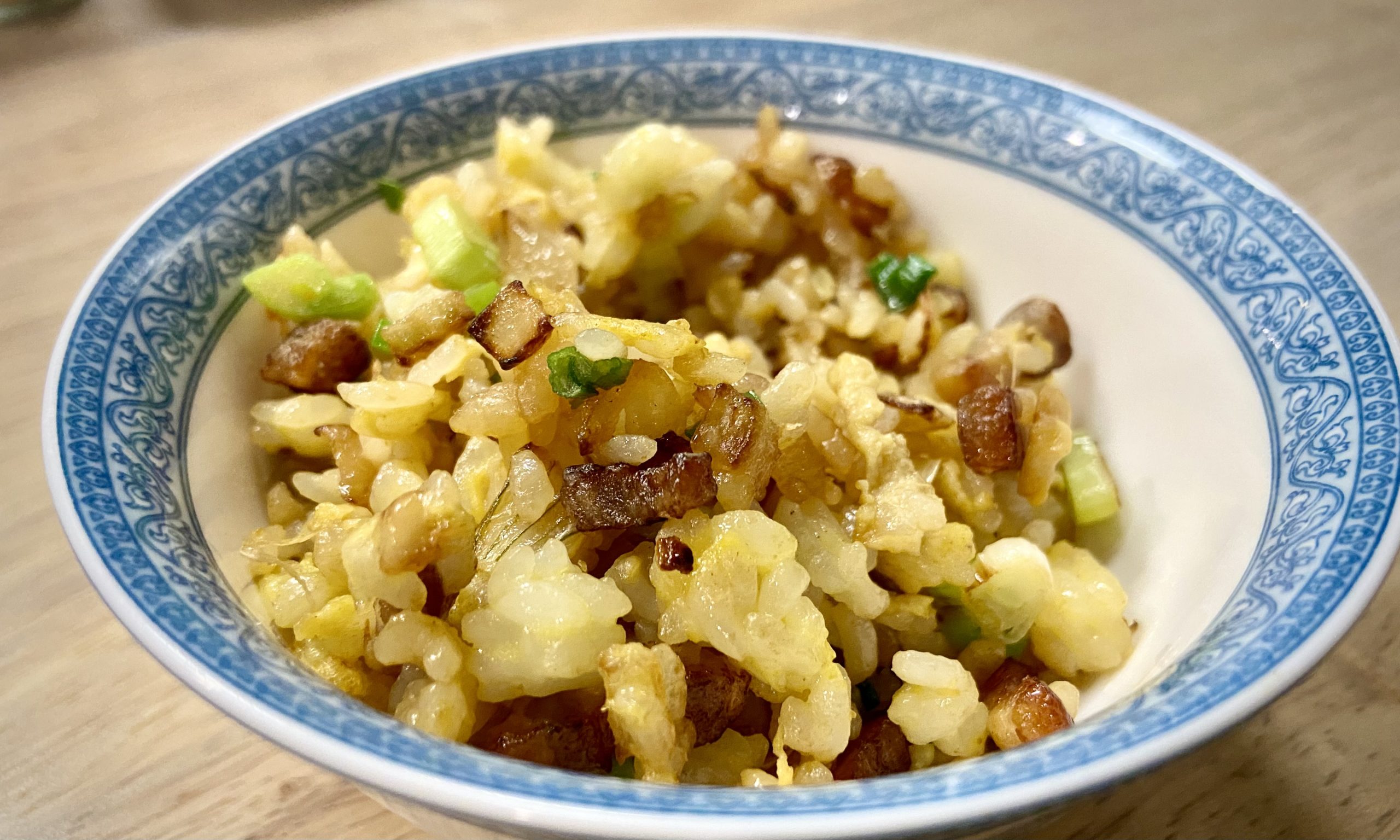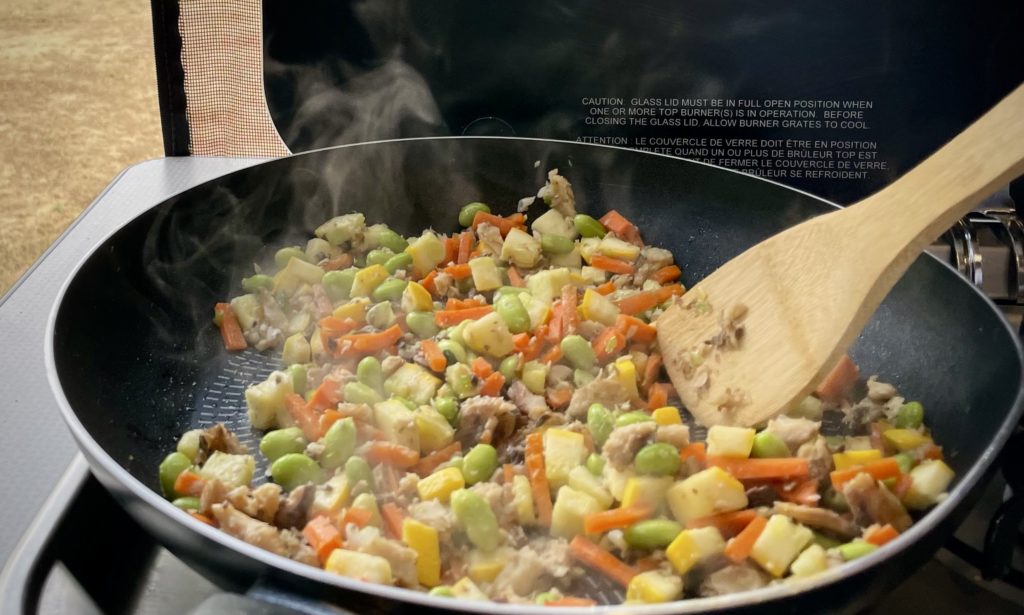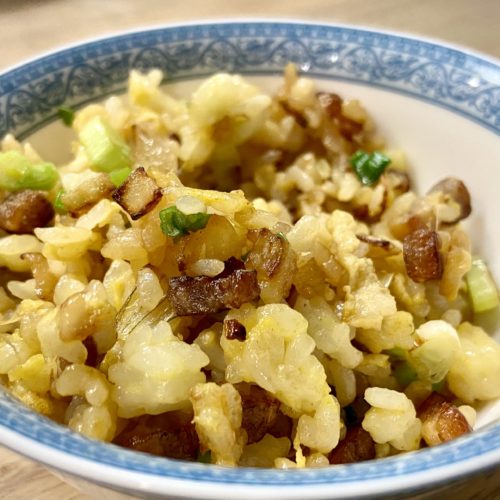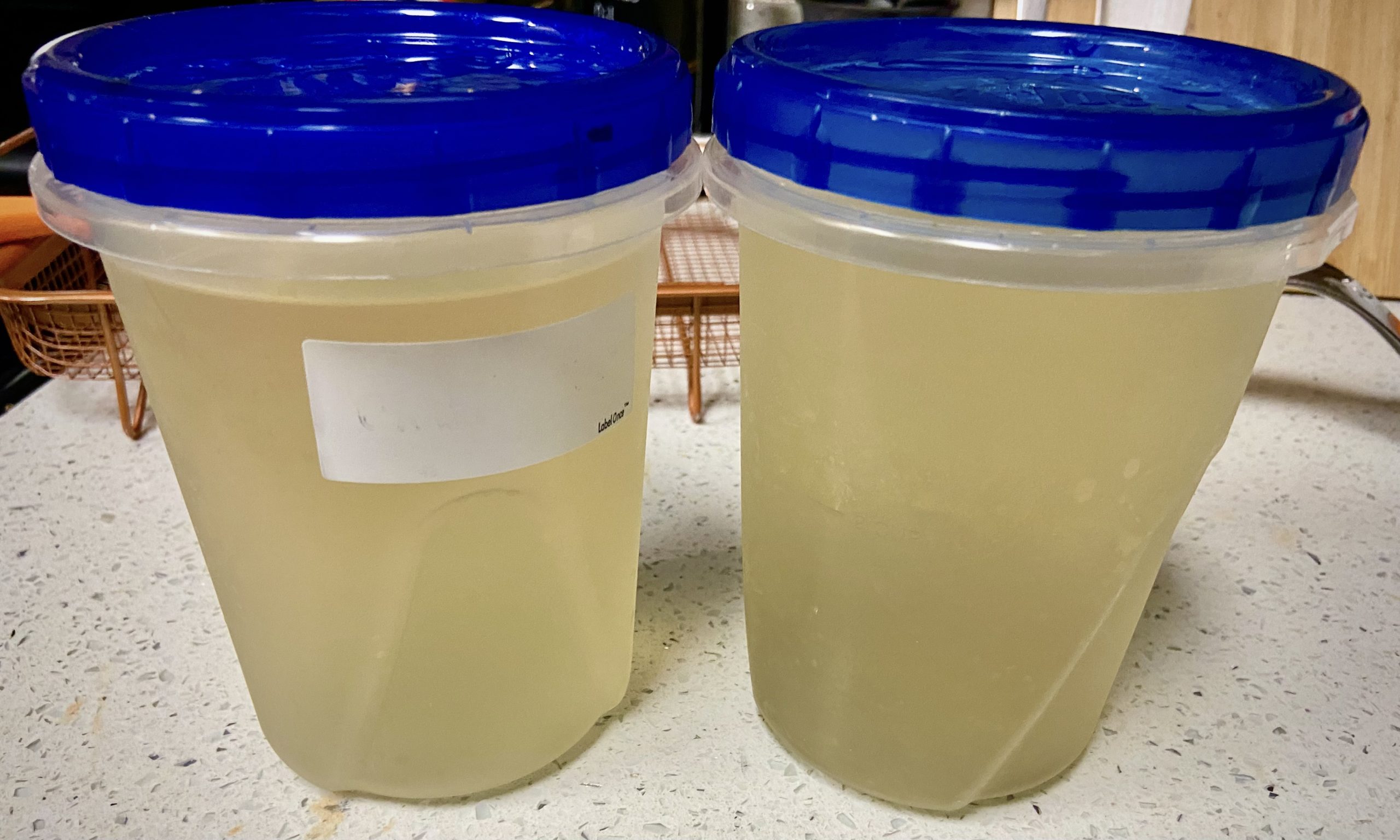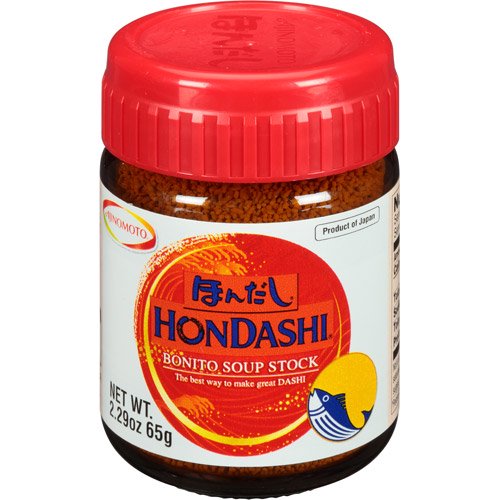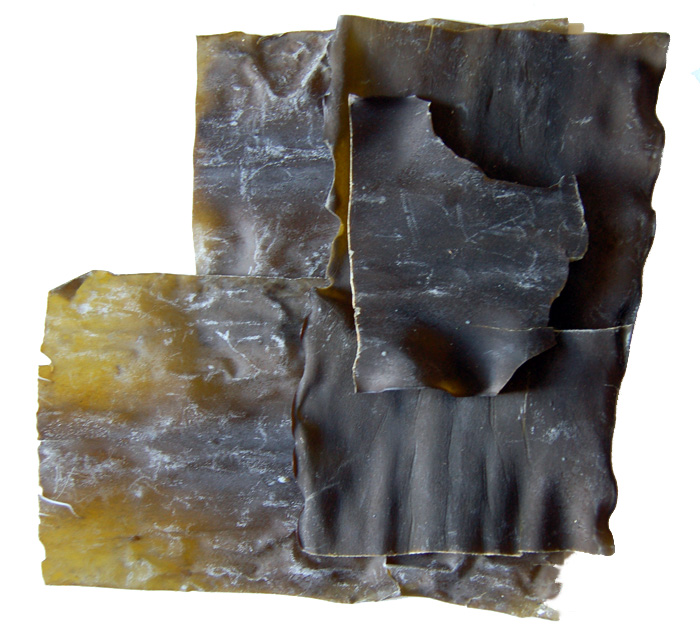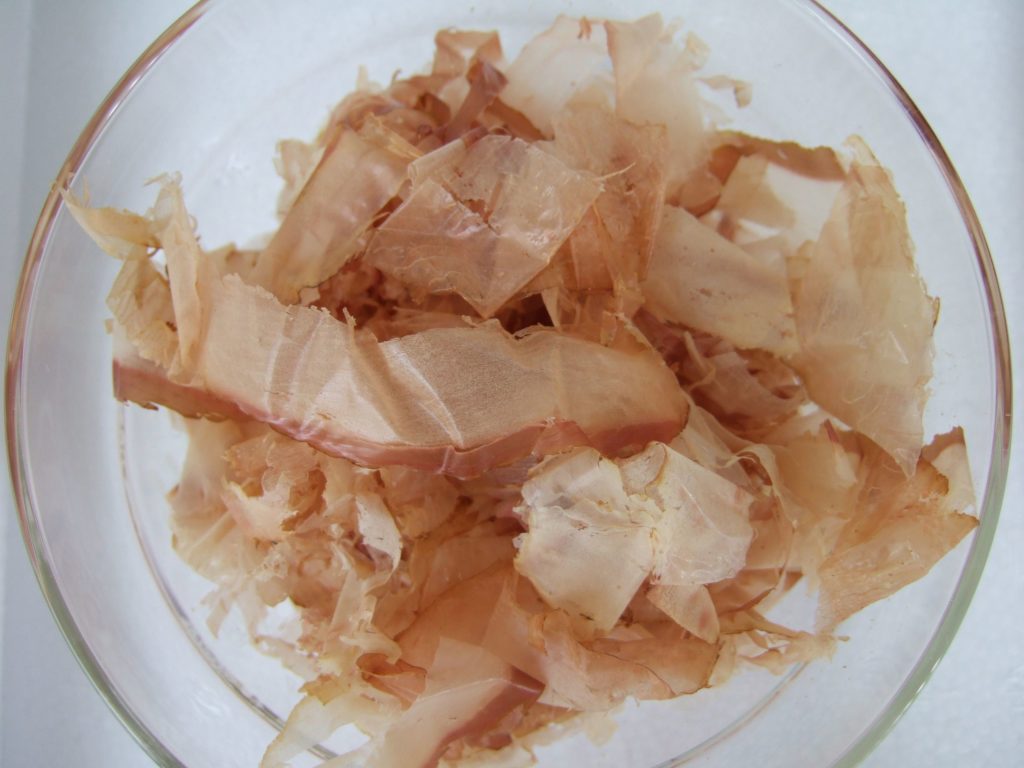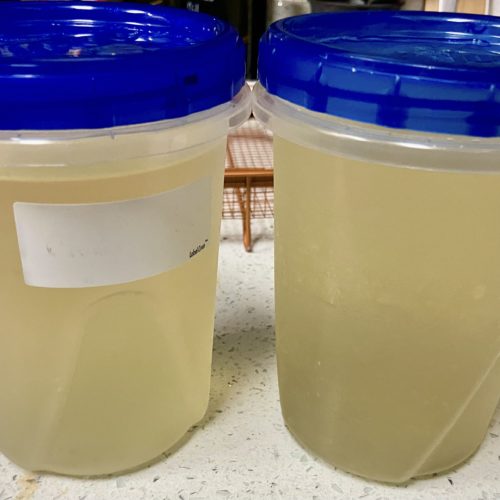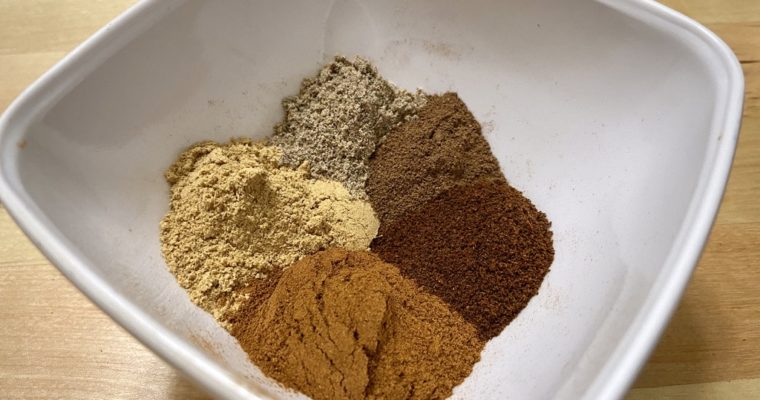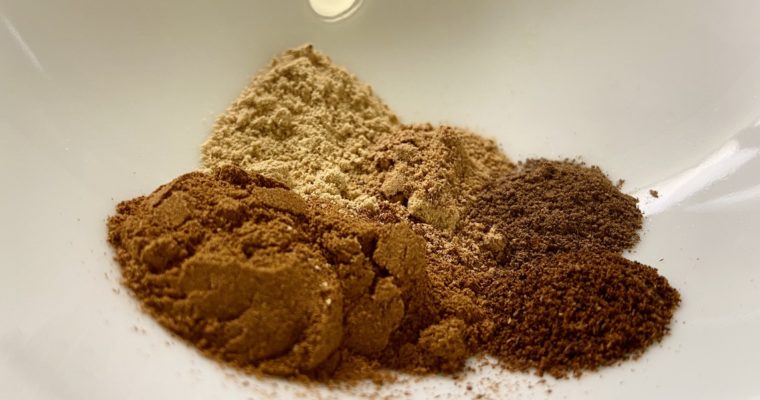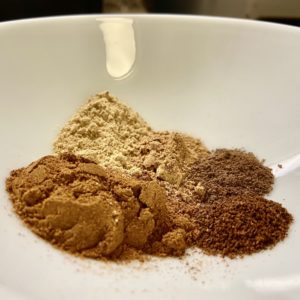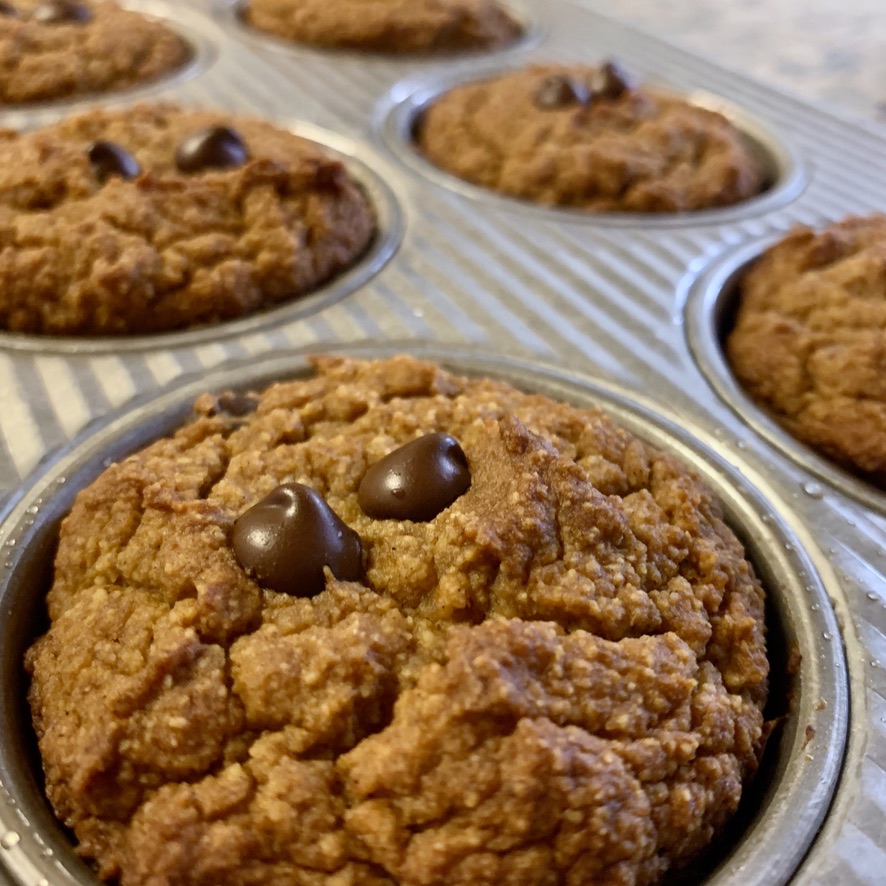Congee. Jook. Kayu. Ganji. Just like fried rice, every culinary region that serves rice also has a rice porridge option in their cuisine. Some are savory, some are sweet. Some are packed with flavors while others are plain and let the side dishes provide flavor for them.
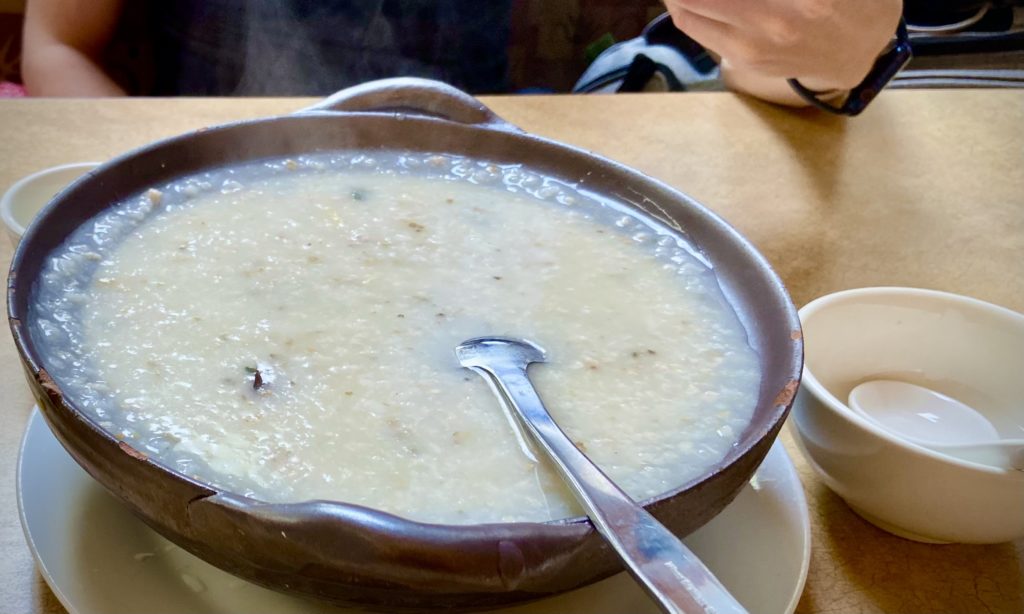
At its core, rice porridge is just rice that’s been cooked in a lot of liquid for an extended amount of time so that the rice grains break down and release their starch into the liquid, creating a thick and gooey or creamy dish. In Asian home cooking, it is often served as comfort food, especially for those who are sick, since the broken-down rice is easy to digest. Rice porridge was also historically served to poorer communities and served in times of famine, since it allows regions to conserve their grain while still feeding their populaces whole bowls of food.
Nowadays, rice porridge has become dishes of their own. Sometimes staples in a culture’s cuisine, sometimes a sweet treat. The customizations need only a little creativity to play with it for the home cook.
The most basic of rice porridge consists of just rice and water.
To add flavor, you can add a broth when cooking the rice (such as the chicken broth in Filipino arroz caldo) or other starchy ingredients, like dal or sweet potatoes. Savory meats or pickles can be added to cooked porridge for savory flavors, or sugar, spices and your favorite non-dairy milk for sweet options. The customizations are endless!
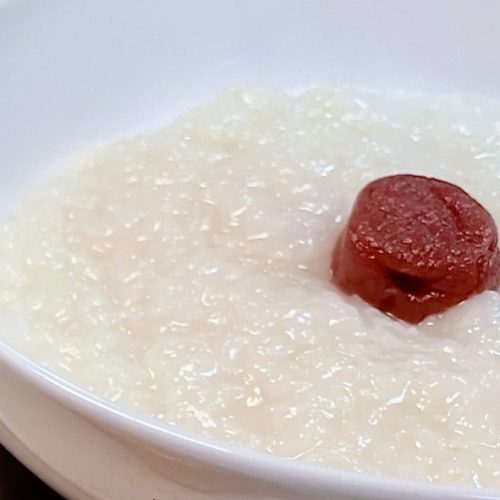
Basic Rice Porridge (Congee)
Equipment
- 1 Instant Pot or rice cooker or large pot for stove
Ingredients
- 1 cup rice see notes
- 5 cups water see notes
Instructions
- Wash rice per your own preference. This step highly depends on what style of rice you got, what brand, and what region you live in. Ideally you want to make sure that when you add water to the rice, it is clear. If the water is milky or cloudy, you probably need to wash it. Drain the rice once you are finished washing.1 cup rice
- Add your water.5 cups water
- Cook rice in instant pot on rice porridge (or congee) setting for 20-30 min.
- Once finished, let rice cooker return to pressure naturally for 10-15 minutes, then release vent to allow the remaining pressure to release. Do this last step CAREFULLY. Congee creates a gooey liquid that will quickly gum up your pressure cooker's vents if not vented properly. If you want to be extra cautious, just let the Instant Pot come to pressure naturally until it's openable (tip: turn off the Instant Pot instead of letting it continue to stay heated at low temp to allow it to release pressure naturally faster.
- Stir and serve immediately.
Notes
Note of warning:
Be careful when eating rice porridge at a restaurant, especially the Chinese or Cantonese varieties. While congee is SUPPOSED to be just rice, congee is a dish that takes time to make. Restaurants will often add corn starch to thicken it up faster and also provide a desirable “silky” texture to their porridge. I learned this the hard way. Don’t make my mistake if you also cannot digest corn!
